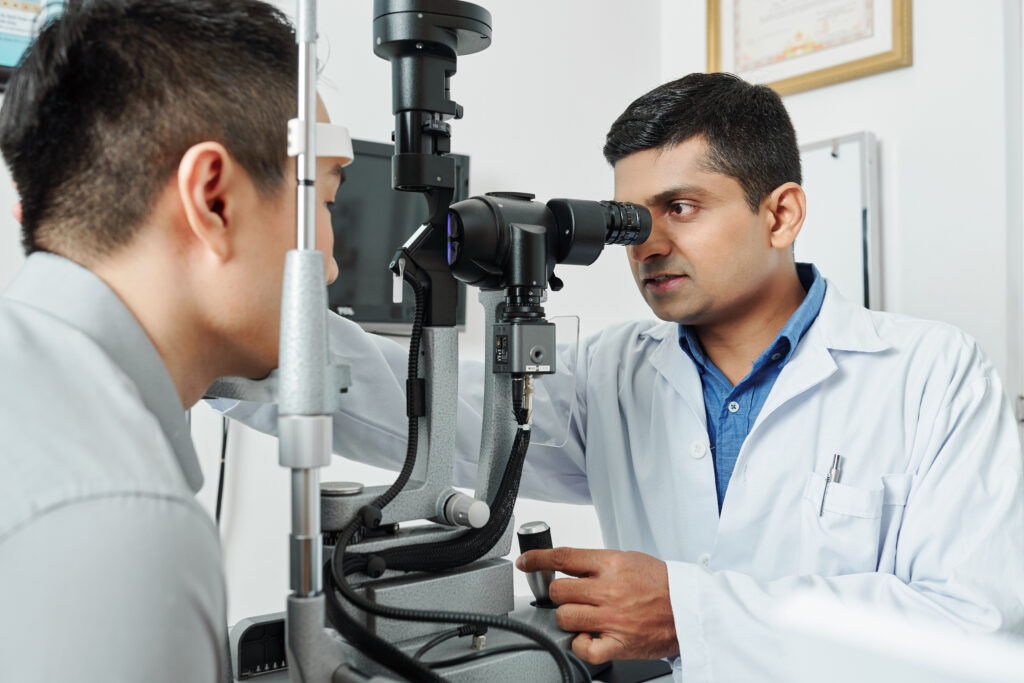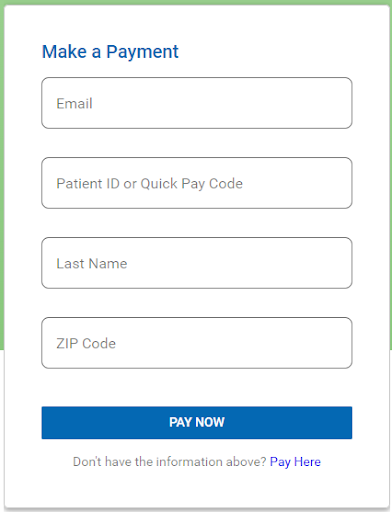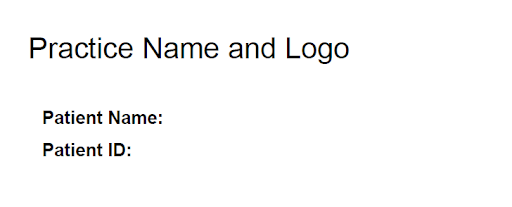Amblyopia (Lazy Eye) Causes, Diagnosis & Treatment
What is Amblyopia?
Also known as lazy eye, amblyopia occurs when the brain does not fully acknowledge the images seen in the affected eye. Amblyopia can affect infants, children as well as adults. It can cause loss or decreased vision. It typically only affects one eye but can cause vision reduction in both.
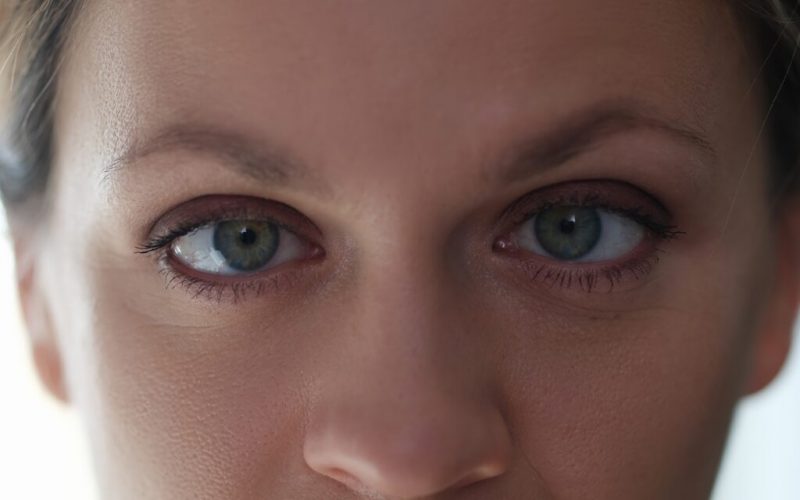
Amblyopia Treatments
An estimated three percent of children under six years old have some form of amblyopia. Getting early treatment for this eye movement disorder is critical to their vision and confidence.
Although amblyopia has been successfully treated at older ages, early treatment gives patients the best chance of curing it. Improvements are always possible regardless of age, but early detection and treatment offer the best outcome. If left undetected and untreated, amblyopia can cause a permanent loss of vision.
Typical treatments include glasses, drops, vision therapy, and eye patching.
Signs That It’s Time for Amblyopia Treatment
- Wandering eye (inward or outward)
- Eyes appear to not work together
- Poor depth perception
- Squinting or shutting an eye
- Head tilting
Related Services

Eye Movement Disorders
Your eyes rely on several muscles to work properly. Issues with these muscles may cause vision distortions or loss.
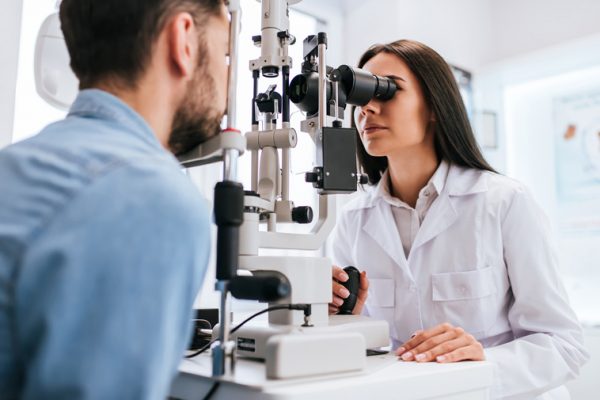
Eye Exam
Stay proactive about your eye health—it’s the best way to preserve clear vision or correct issues.
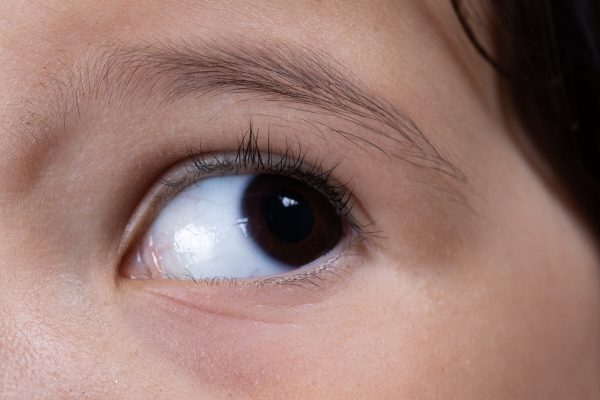
Nystagmus
Nystagmus is an eye movement disorder that causes the eyes to move involuntarily in side-to-side, up-and-down, or circular motions.
Let's Get Started
When It Comes To Eye Health, We’re Your MVP
